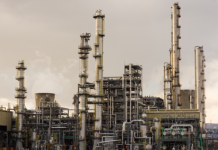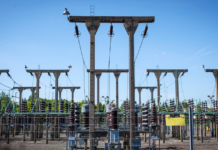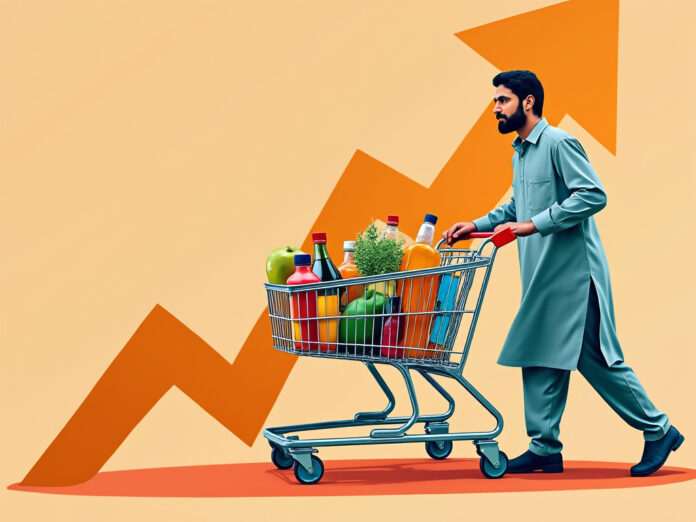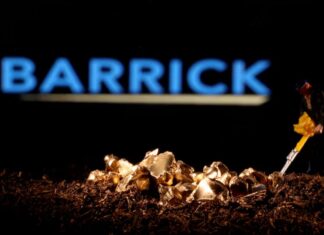Pakistan’s Consumer Price Index (CPI) for August 2025 is expected to clock in between 3.75–4.25% year-on-year, marking a sharp slowdown from 9.63% in August 2024 and slightly lower than 4.07% recorded in July 2025, according to Topline Securities. On a month-on-month basis, inflation is projected to rise by 0.3%.
The uptick in monthly inflation is attributed to a 2.34% increase in the transport segment, driven by a 4.7% MoM hike in diesel prices. In contrast, the food segment is expected to remain broadly stable, with a marginal decline of 0.05% MoM. Price spikes in tomatoes (+26.2%), onions (+15.24%), and eggs (+9.5%) are anticipated to be offset by notable declines in fresh fruits (-9.9%), sugar (-4.7%), and chicken (-4.4%).
Meanwhile, the housing, water, electricity, and gas category is projected to fall by 0.37% MoM in August. This is largely due to a 9.8% drop in Liquefied Petroleum Gas (LPG) prices and a 1.36% decline in electricity charges, reflecting the implementation of a new quarterly tariff adjustment (QTA) of –Rs1.8881/kWh for the Aug–Oct 2025 period. Additionally, the fuel cost adjustment (FCA) for August stands at Rs-0.7772/kWh, compared to Rs-0.4952/kWh in July 2025.
Looking ahead, average inflation in FY26 is projected to settle around 6–7%, which falls comfortably within the State Bank of Pakistan’s (SBP) target range of 5–7%.
With August’s inflation expectations of 3.75–4.25%, Pakistan’s real interest rates are set to remain significantly positive at 675–725 basis points, well above the country’s historical average of 200–300bps. On a full-year basis, with inflation projected at 6–7%, real rates are expected at 400–500bps.
Topline maintains its view that the SBP still has room to cut the policy rate by 50–100bps in the coming months. Interest rates are expected to bottom out at 10% by December 2025.
However, analysts caution that a significant shift in global commodity prices remains the key risk that could alter the inflation trajectory going forward.
























